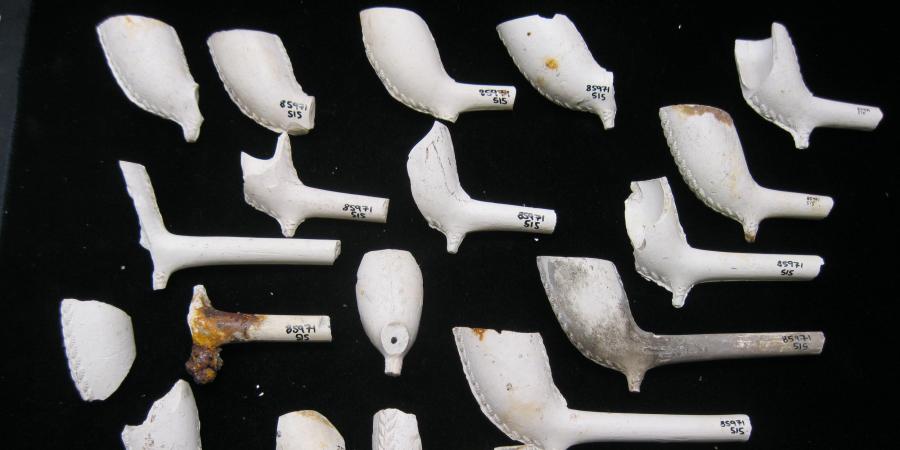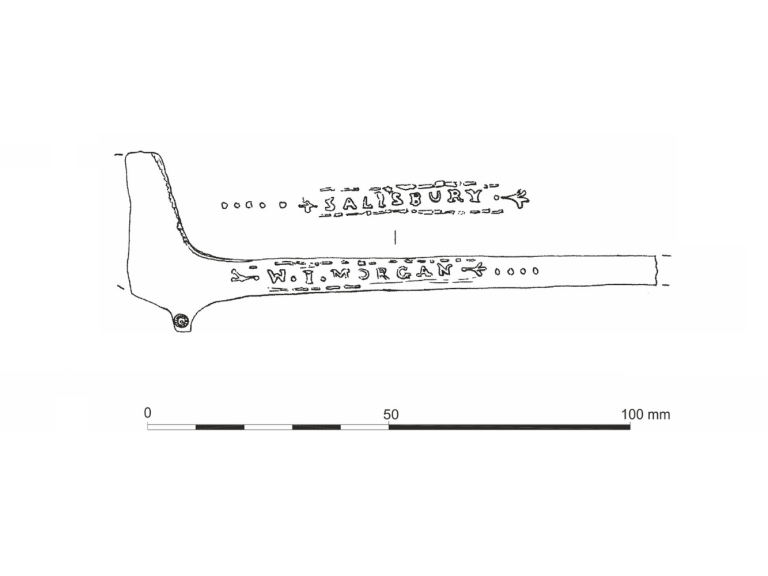Several weeks ago, we described finding traces of a clay tobacco pipe workshop on an excavation in Salt Lane (Salisbury Site 9). The following week we followed that up (Salisbury Site 10) with a more in-depth look at the lives of two pipe-makers, James Skeaines and William John Morgan who had lived there. The picture emerged of two hard working artisans who lived honest lives producing good quality products with a tight profit margin.
Those pages were avidly consumed by a close colleague of mine at Wessex Archaeology, Marek Lewcun, who has compiled an in-depth knowledge and passion for clay pipes and their makers. He introduced me to a ‘here’s the story you really ought to know’, describing a less palatable side to their lives, involving a central figure, Mary Ann Morgan, William John’s stepmother. An abbreviated form of this tale is worth sharing here to set the record straight.
It shows how archaeological discoveries and historical records can complement one another, archaeology adding type examples of a producer’s work and historical records contributing a human touch. When these two elements are combined, as here, with the input of some-one with specialist knowledge, they provide an intriguing story involving clay pipe makers, their lives and their products. A more detailed version of this tale will hopefully appear on a forthcoming CD entitled Wiltshire Clay Pipes and Pipemakers, but in the interim this may whet your appetite for more.
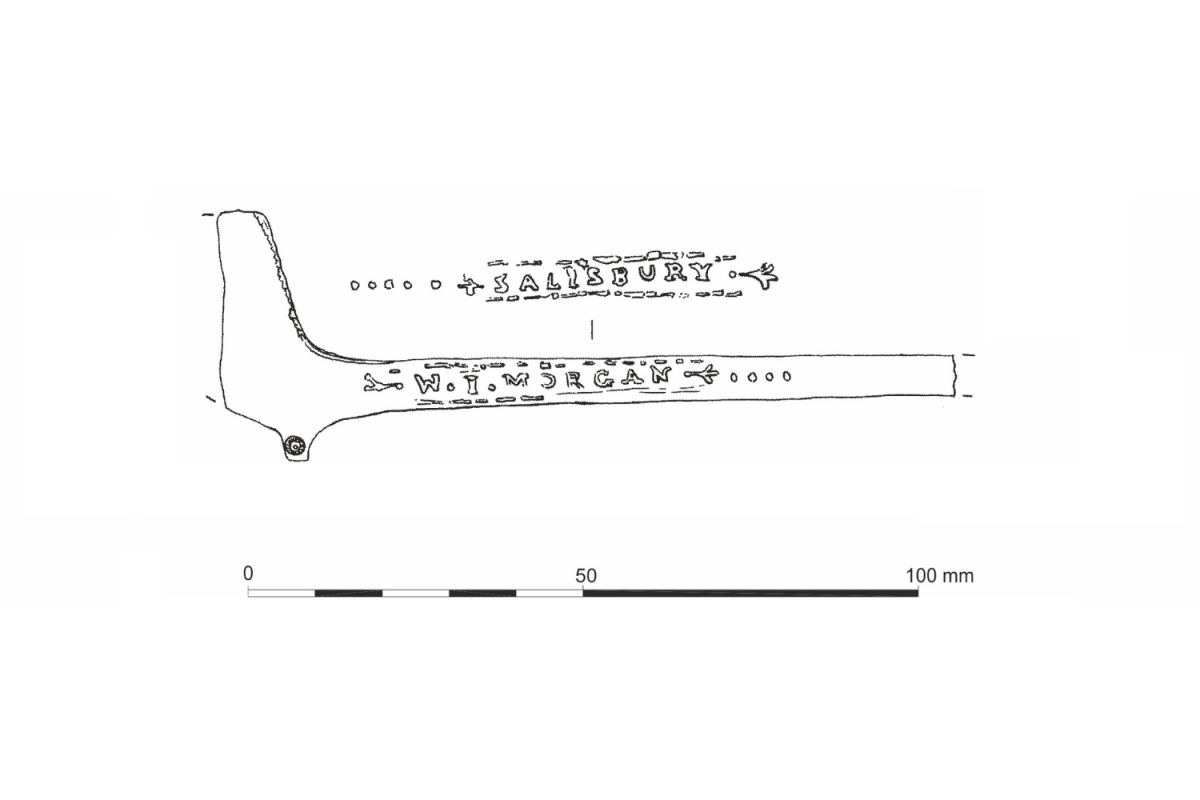
To return to our cast; it transpires that following the death of her second husband, Mary Ann married James Skeaines in 1848. The relationship may not have been surprising as Skeaines had worked for the Morgan’s, although he was not, at that time, an independent producer.
William John took on the family business, only to find that Skeaines had decided to go into business in his own right, possibly urged on by his new wife. This caused inevitable friction between the two neighbours, both pipe makers but very separate business concerns, a deterioration that extended to the relationship, between William John and his stepmother.
Things came to a head when William John was summoned to the City Petty Sessions in May 1851 where he was charged with assaulting her – his own stepmother! We do not know the extent of any physical injury; the Hampshire Advertiser headlined the case as one involving ‘Quarrelsome Neighbours’ caused by ‘differences about business transaction’. The case was dismissed on agreement that William John would pay the expenses.
Sadly, the story does not end there, and after a hiatus of 12 years Mary Ann Morgan was again the victim of assault although not this time at the hands of her stepson but at the hands of her husband. The cause and details of the domestic abuse are not given although it was clearly of sufficient severity to be dealt with at the County Petty Sessions of November 1863 with the outcome that Skeaines was bound over to keep the peace for six months.
It is not known whether Skeaines showed any remorse, nevertheless he appears to have become something of a repeat offender appearing before the magistrate again in August 1867 following a warrant for his arrest being issued for using threatening language towards Mary Ann, for which he was again bound over, but this time with a sum of £40 and to keep the peace for 6 months, without which he would be imprisoned.
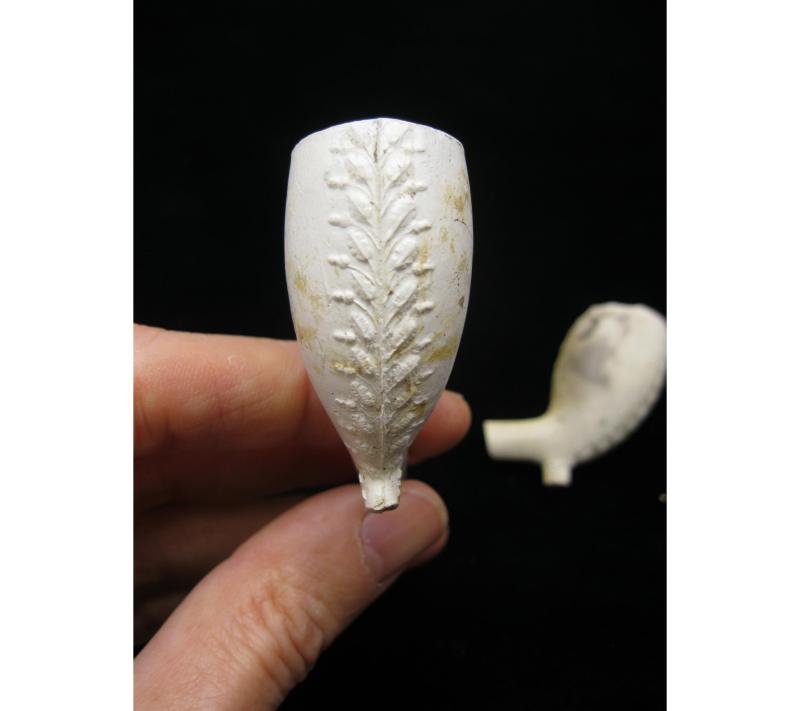
It is unclear whether these episodic violent outbursts formed part of his character, were brought on by the stress of a failing business or were commonplace among working class Victorian society. Whatever, his offences appear to have expanded beyond that of physical violence to include environmental pollution an issue brought by the Inspectors of Nuisances.
This aspect of Skeaines’ life in fact attracted more column inches in the local press than his offences against his wife. Things had been coming to a head since 1863 when offences were first reported and increased in the years to 1867. Skeaines was by no means the only felon but was the only one who chose to ignore the demands of the court to remedy the problem of smoke pollution.
The case was adjourned on numerous occasions, appearing in the court at fortnightly intervals through January, February and March 1864. Each time Skeaines provided implausible excuses until the problem was apparently resolved to the court’s satisfaction. The root of the problem seems to have been, as the Salisbury and Winchester Journal reported, quoting the testimony of the inspector Mr. Bothams, that the chimney of Skeaines’ kiln was a ‘rude contrivance’ of ‘rough, make-shift construction’ with no capability or damper to regulate the flow of air. Inappropriate fuel also appears to have featured as well as his reluctance to purchase cleaner burning fuel.
Regrettably, no traces of the ‘rude contrivance’ survived at Salt Lane when the site was excavated to belatedly test the validity of the accusations.
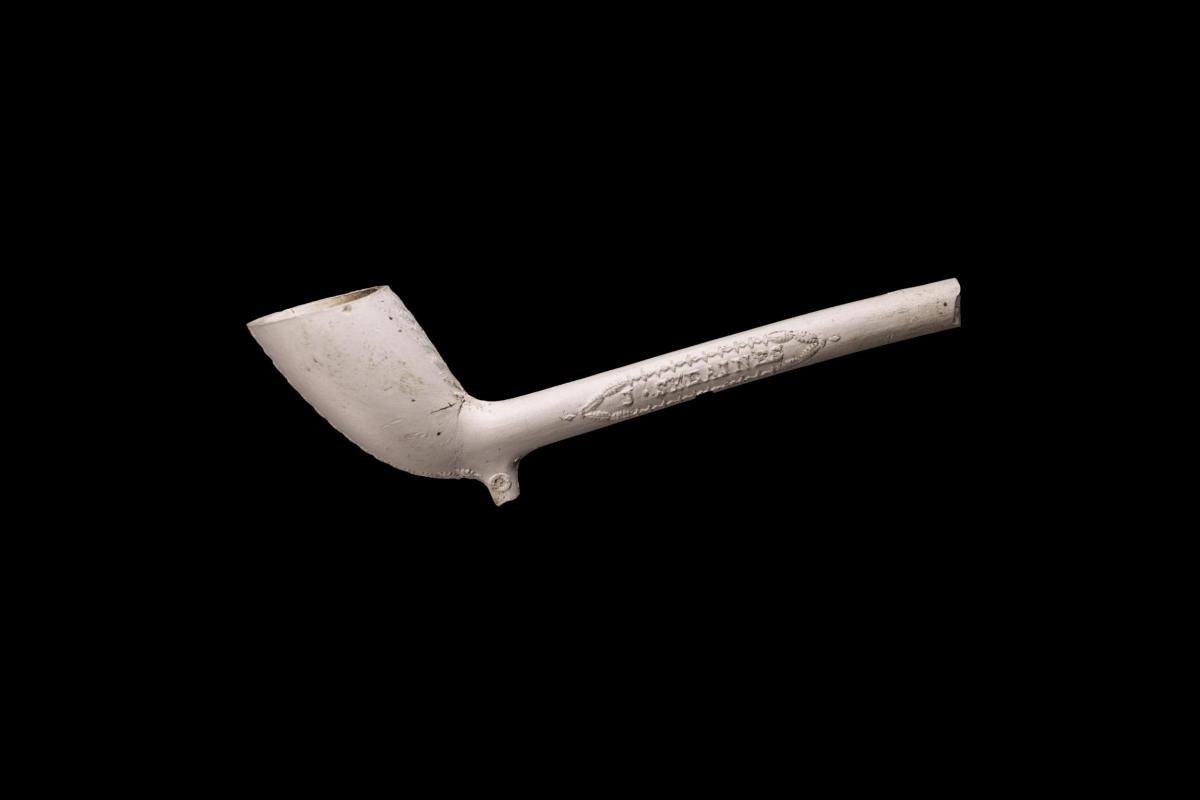
Skeaines business undoubtedly declined and by the 1870s the business faced stiff competition from centres of production outside of Salisbury. By 1889 Skeaines was a pauper and was admitted to the workhouse at Britford where he eventually died in 1890 aged 74.
By Phil Harding, Fieldwork Archaeologist
Thanks to Marek Lewcun of Wessex Archaeology for his work to uncover the story of Skeaines and Morgan.
